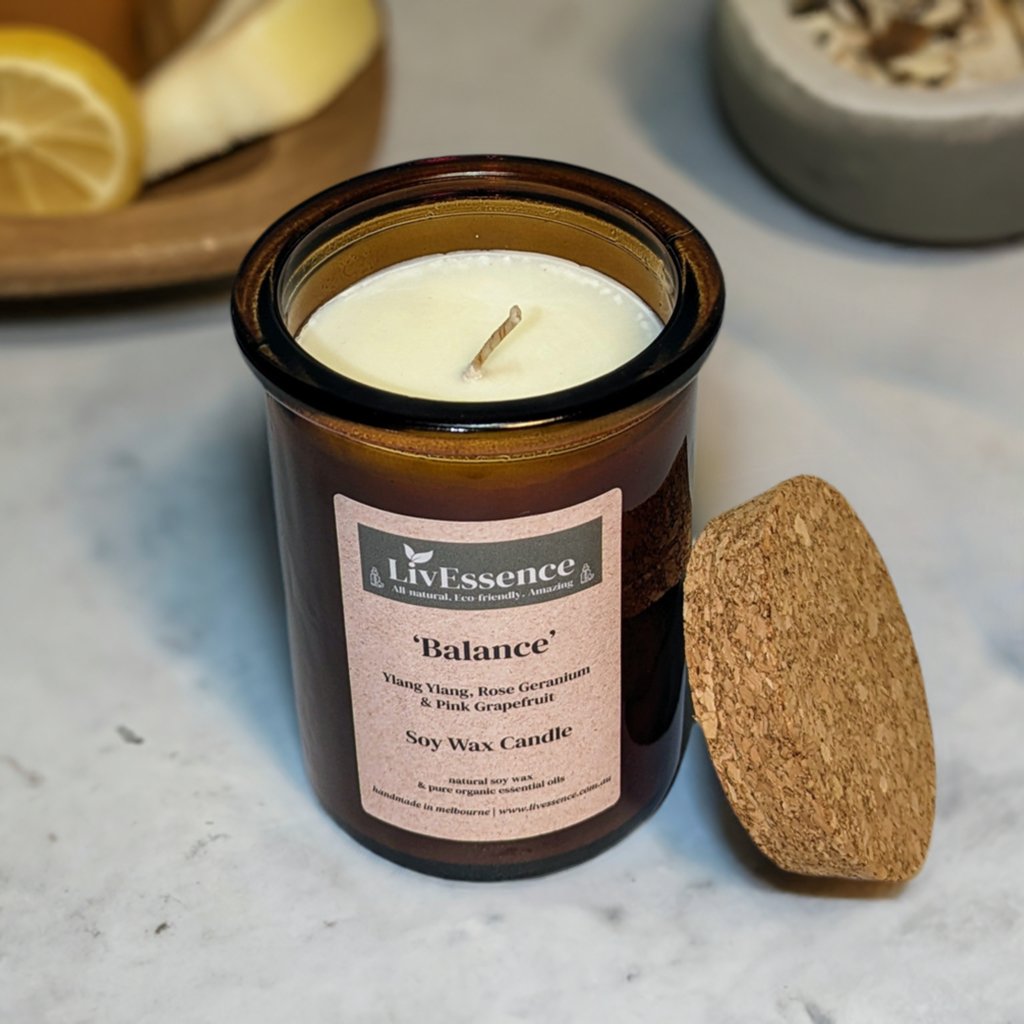From Wick to Wax: Understanding the Chemistry Behind Soy Wax Candles and Their Environmental Influence
As we brighten our areas with the cozy glow of candle lights, there lies a realm of intricate chemistry behind the seemingly simple act of lighting a soy wax candle. The option in between soy and paraffin wax prolongs past simple looks, delving right into the realm of ecological effect and the extremely composition of the products. Comprehending the molecular framework of soy wax and its combustion procedure loses light on the discharges released right into our surroundings. Join us as we unravel the scientific intricacies behind soy wax candle lights and discover their implications on our atmosphere.
Soy Wax Vs. Paraffin Wax
When comparing soy wax and paraffin wax for candle production, it is necessary to comprehend the distinctive features and benefits of each product. Soy wax is an all-natural, renewable energy stemmed from soybean oil, making it eco-friendly and naturally degradable - soy wax candles. On the other hand, paraffin wax is a by-product of oil refining, which elevates worries concerning its environmental influence and sustainability
Soy wax candles shed cleaner and produce much less residue contrasted to paraffin wax candles, making them a healthier option for indoor air top quality. Additionally, soy wax has a reduced melting factor, allowing for a longer-lasting candle that distributes fragrance better. Paraffin wax, on the other hand, has a tendency to melt faster and much less easily, possibly launching damaging chemicals right into the air.
From a sustainability perspective, soy wax is favored for its biodegradability and renewable sourcing, lining up with the growing customer choice for eco mindful items. While paraffin wax has actually been a typical choice in candle making because of its cost and simplicity of use, the change in the direction of environmentally friendly alternatives like soy wax is gaining momentum in the sector.
Chemical Make-up of Soy Wax

Burning Process in Soy Candles
The chemical make-up of soy wax straight influences the burning procedure in soy candle lights, impacting variables such as shed time, aroma release, and environmental impact. When a soy candle light is lit, the warm from the flame melts the wax near the wick.
The burning effectiveness of soy candle lights is influenced by the purity of the soy wax and the top quality of the wick. In addition, soy wax candles have a lower environmental effect compared to paraffin candle lights due to their sustainable and eco-friendly nature.

Environmental Benefits of Soy Wax

Considered a lasting alternative to conventional paraffin wax, soy wax provides notable ecological benefits that make it a preferred selection among eco-conscious consumers. One substantial advantage of soy wax is its eco-friendly sourcing. Soy wax is stemmed from soybean oil, which is predominantly cultivated in the USA. The cultivation of soybeans assists support description regional farmers and lowers the dependence on non-renewable fossil fuels used in paraffin wax production. Additionally, soy wax is biodegradable, indicating it damages down naturally without releasing harmful contaminants right into the environment. This particular makes soy wax candles a more ecologically friendly option compared to paraffin wax candles, which are made from petroleum, a non-renewable resource. Additionally, soy wax burns cleaner and generates less residue than paraffin wax, contributing to far better interior air high quality and reducing the demand for cleaning and upkeep. Generally, the environmental advantages of soy wax line up with the expanding need for green and sustainable items out there.
Recycling and Disposal Considerations
Recycling and appropriate disposal of soy wax candles play an essential role in keeping environmental sustainability and minimizing waste in neighborhoods and homes. When it comes to recycling soy wax candles, the initial action is to ensure that the candle light has actually melted completely.

In regards to disposal, if recycling is not an alternative, soy wax candles are naturally degradable and can be safely dealt with in many home waste systems. Nonetheless, it is always recommended to contact local reusing facilities or click here to read waste administration services for particular guidelines on candle disposal to ensure appropriate handling and environmental management.
Conclusion
Finally, the chemistry behind soy wax candles reveals their ecological benefits over paraffin wax candles. Soy wax, stemmed from soybean oil, burns cleaner and creates much less residue when compared to paraffin wax. The burning procedure in soy candle lights is much more reliable, causing a much longer and a lot more also shed. Additionally, soy wax is eco-friendly and sustainable, making it a much more lasting option for candle light production. Reusing and appropriate disposal of soy wax candles additionally add to their ecological influence.
When contrasting soy wax and paraffin wax for candle production, it is necessary to understand the distinct attributes and benefits of each this contact form material (candles).Soy wax candles shed cleaner and emit less residue contrasted to paraffin wax candle lights, making them a healthier option for indoor air quality.Considered a lasting alternative to conventional paraffin wax, soy wax offers noteworthy environmental advantages that make it a preferred choice among eco-conscious customers. Soy wax burns cleaner and produces much less residue than paraffin wax, adding to much better indoor air high quality and reducing the demand for cleansing and upkeep.In verdict, the chemistry behind soy wax candle lights reveals their environmental benefits over paraffin wax candles